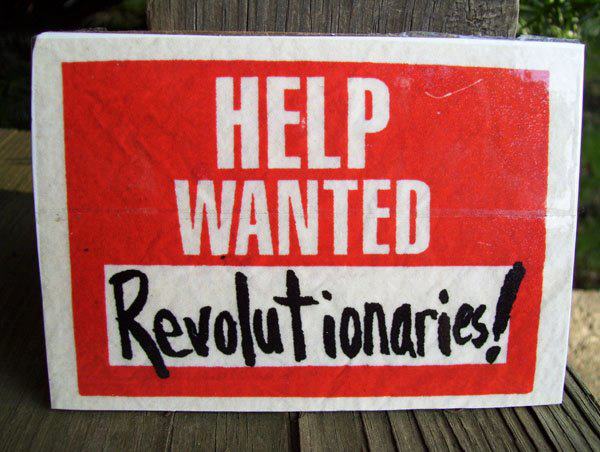For certain concert goers and artists alike, social media sites this past weekend have made many green with envy. The Coachella 2016 Festival, breaking a record of 120,000 attendees, took the internet by storm with a multitude of Instagram posts from famed fashion bloggers, A-list celebrities and musical footage from the event. Due to its strong West Coast migration and web following, it has become the kickoff date for festival season in the United States.
Meanwhile, only days before, Greenwich Village experienced a different kind of festival at a Bernie Sanders rally. About 27,000 primarily young adults gathered to dance, strum their guitars, wear their best “Bernie” apparel and call for an immediate political revolution. Amidst an ever-increasing college tuition cost and an experiencedriven job market, the Sanders message for free college and equal pay resonates well with liberal activists in the area.
While the events appear to be unrelated, they are both based on the same framework of successfully uniting people for a cause, for a reason or to bring about change. This has been the framework that has propelled recent college campus activism across the country and can potentially help to bring change to Montclair State University.
College students have been voices of change throughout American history. From the civil rights movement to the Vietnam War protests, students have gone against the older generation’s traditions and established ways of thinking.
Social media, on the other hand, has transformed the dynamic and the speed of the conversation. Information limited or inaccessible to some can be found in a matter of seconds, but what is more significant is how it is being shared.
After the Trayvon Martin case and Ferguson riots, the BlackLivesMatter movement once again revisited the disheartening theme of institutional racism in America. Graphic videos that went viral on YouTube told a crueler story than what was being conveyed by news outlets. The disparity between these two sources of information inspired and became a reminder for college students to take action against the injustices they felt were rampant within their own communites. Spreading awareness about issues and organizing protests became faster than an adequate response by the school could even be given.
The most current activism seen on campuses is rooted in racial tension, microagression and institutional inequality, and the demonstrations sadly reminisce to the plight of the 1960s. Occidental College students camped out to speak out against lack of diversity, Ithaca College staged a walk-out, and the student body protesting inevitably forced the Dean of Claremont McKenna College to resign due to racist remarks. While their ability to unite as a student body (also through social media) for change is awe-inspiring, the repeated battle they have to face makes the victories bittersweet.
Thankfully, the population at Montclair State is diverse, but there are certain issues, such as parking, Wi-Fi and crippling infrastructure, that are still affecting our campus today. We talk about it quite casually, but when the institution has failed to make the proper changes, the student body may not always respond, even through less drastic measures such as SGA voting.
However, the truth is the student body can often be divided between commuters and their resident friends in terms of campus concerns. Someone who takes public transportation, for example, will not be concerned as much about campus food as the student who lives in Blanton Hall. What may be considered apathy may actually just be an unintentional disconnect. In addition to the SGA, building a collective voice involves an open conversation of what is going on, who we are together, and what is our potential long-term goal for changes.
We need a campus-wide movement, but one that is both genuine and enthusiastic, with enthusiasm not necessarily meaning making stickers and hashtags, but carrying on a strong, consistent message of action through times of conflict, in both smaller and larger ways across the social media spectrum.



